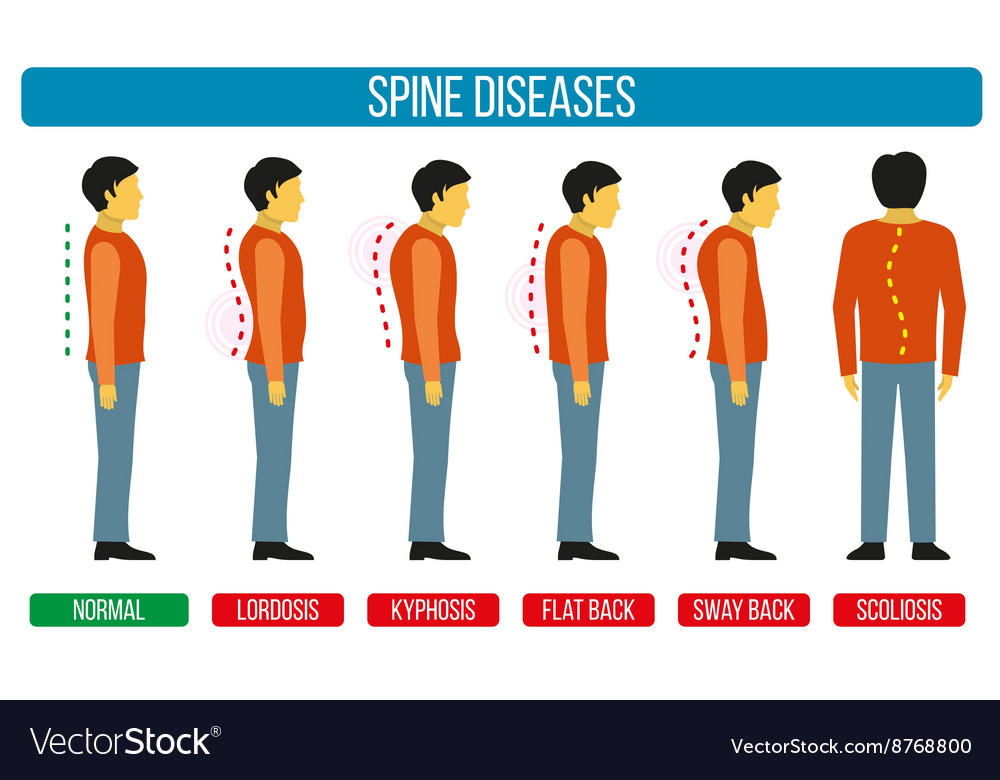Typical Day-To-Day Routines That Cause Back Pain And Tips For Avoiding Them
Typical Day-To-Day Routines That Cause Back Pain And Tips For Avoiding Them
Blog Article
Published By-Cates Schaefer
Maintaining appropriate posture and preventing typical mistakes in daily activities can dramatically influence your back wellness. From just how you sit at your desk to exactly how you lift heavy items, small changes can make a big difference. Visualize a day without the nagging pain in the back that prevents your every move; the solution may be less complex than you believe. By making a couple of tweaks to your daily practices, you could be on your method to a pain-free presence.
Poor Posture and Sedentary Lifestyle
Poor position and a less active way of living are two significant factors to back pain. When you slouch or inkling over while resting or standing, you put unnecessary strain on your back muscle mass and spinal column. This can result in muscle mass imbalances, tension, and ultimately, persistent neck and back pain. Additionally, sitting for side and back pain without breaks or exercise can deteriorate your back muscular tissues and lead to rigidity and pain.
To deal with inadequate stance, make a mindful effort to sit and stand directly with your shoulders back and lined up with your ears. Remember to keep your feet flat on the ground and stay clear of crossing your legs for extensive durations.
Incorporating regular stretching and strengthening workouts into your everyday routine can also aid boost your pose and ease pain in the back connected with a less active way of living.
Incorrect Lifting Techniques
Inappropriate lifting methods can significantly contribute to pain in the back and injuries. When you lift heavy objects, keep in mind to bend your knees and utilize your legs to lift, as opposed to relying upon your back muscular tissues. Avoid turning your body while lifting and keep the item close to your body to minimize pressure on your back. It's important to keep a straight back and stay clear of rounding your shoulders while lifting to stop unneeded stress on your spinal column.
Always examine the weight of the object before lifting it. If it's too heavy, ask for help or usage tools like a dolly or cart to transfer it safely.
look at this site in mind to take breaks during lifting tasks to give your back muscle mass an opportunity to relax and protect against overexertion. By executing proper training techniques, you can prevent neck and back pain and reduce the danger of injuries, ensuring your back remains healthy and solid for the long-term.
Lack of Routine Exercise and Extending
An inactive way of life devoid of normal exercise and stretching can considerably add to pain in the back and discomfort. When you do not engage in exercise, your muscular tissues come to be weak and stringent, resulting in inadequate pose and raised stress on your back. Regular workout helps strengthen the muscles that support your spine, boosting security and reducing the danger of pain in the back. Including stretching right into your regimen can also enhance versatility, preventing stiffness and discomfort in your back muscle mass.
To stay clear of back pain caused by a lack of workout and stretching, go for at the very least 30 minutes of moderate physical activity most days of the week. Include exercises that target your core muscular tissues, as a strong core can assist reduce pressure on your back.
In addition, take breaks to stretch and relocate throughout the day, specifically if you have a desk task. Basic stretches like touching your toes or doing shoulder rolls can assist alleviate stress and protect against neck and back pain. Focusing on normal workout and stretching can go a long way in keeping a healthy back and decreasing pain.
Verdict
So, keep in mind to stay up right, lift with your legs, and remain energetic to prevent neck and back pain. By making basic modifications to your daily behaviors, you can prevent the pain and limitations that come with back pain. Care for your back and muscle mass by practicing good posture, correct lifting strategies, and routine exercise. Your back will certainly thanks for it!
